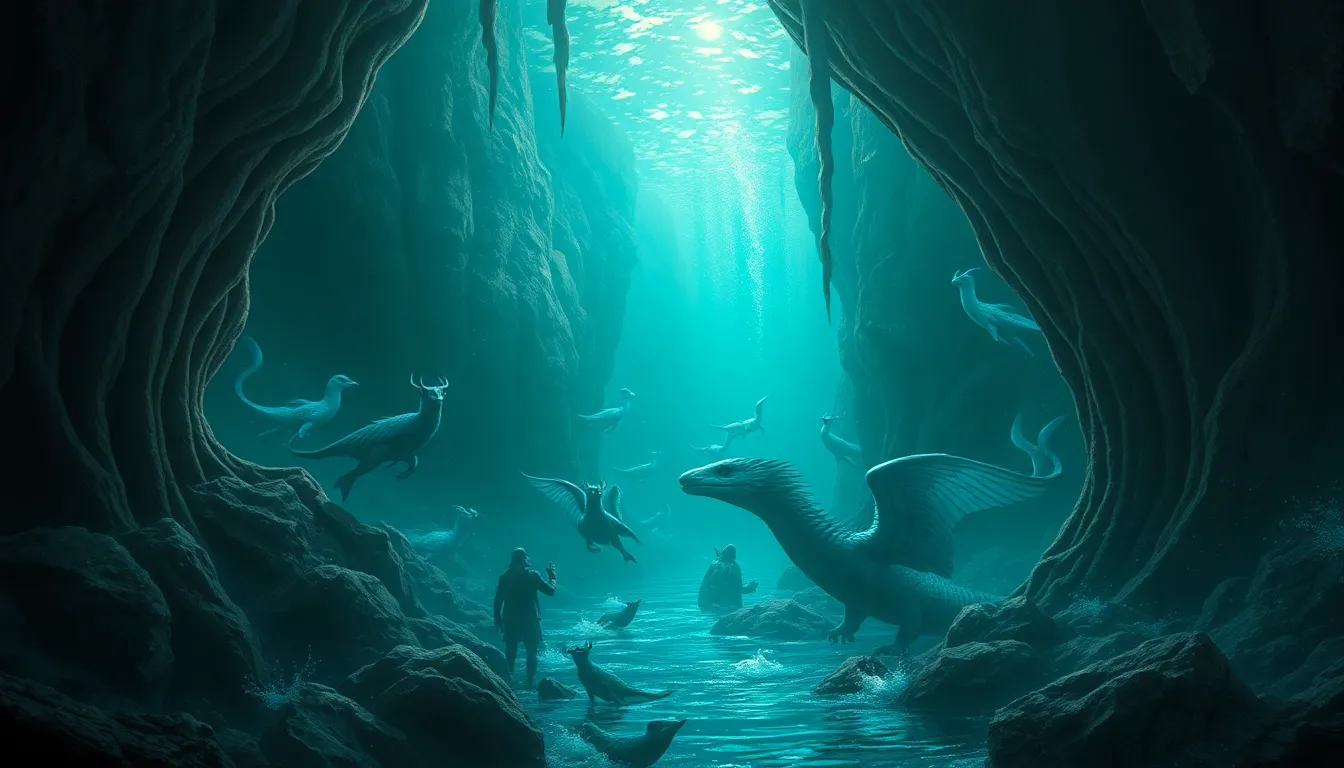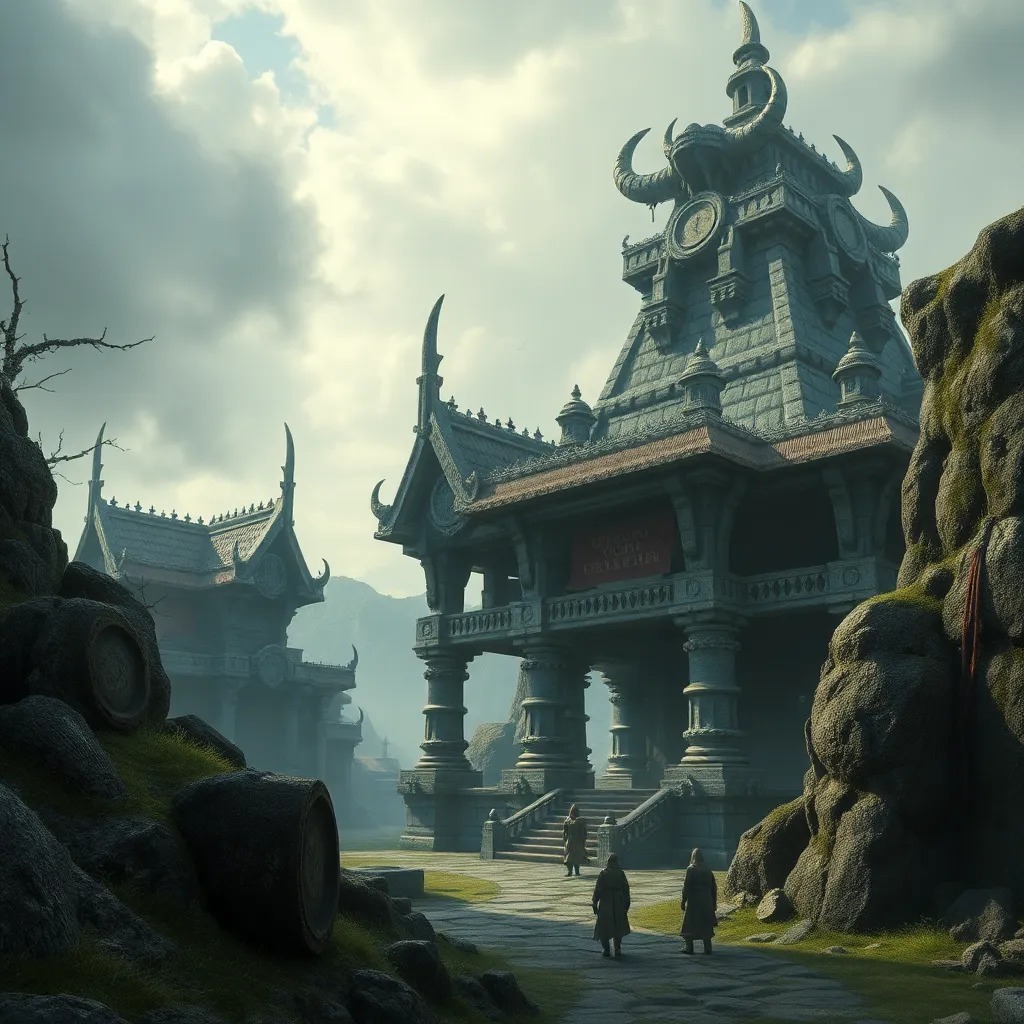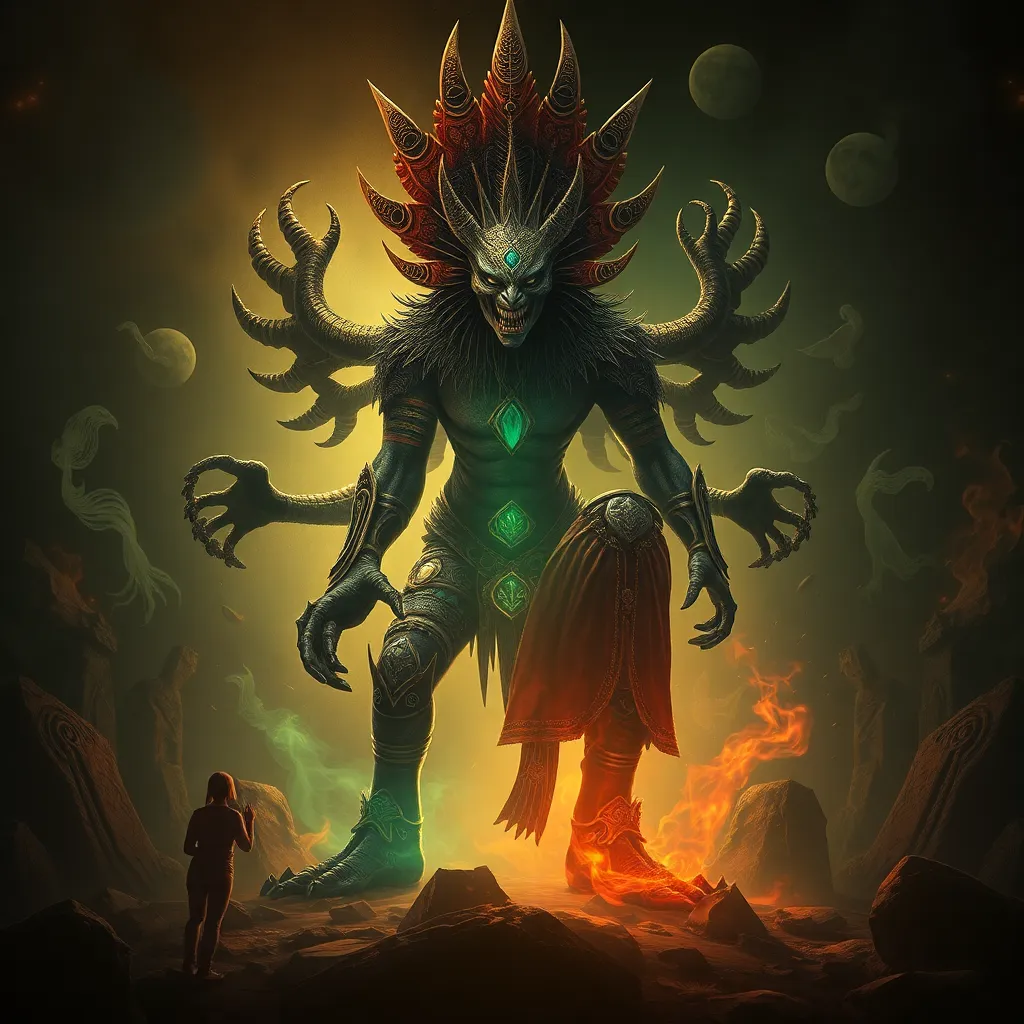Beyond the River Styx: Aquatic Deities and Creatures in Greek Mythology
I. Introduction
Greek mythology is a vast and intricate tapestry of tales that have shaped the cultural and religious landscape of ancient Greece. These myths not only served to explain natural phenomena but also provided moral lessons, cultural identity, and a framework for understanding the universe. Among the myriad elements of Greek mythology, water plays a significant role, often symbolizing life, death, and the unknown.
Water, in its various forms, is central to many mythological narratives, embodying both creation and destruction. The aquatic deities and creatures in these stories are not mere embellishments; they are pivotal symbols that reflect humanity’s relationship with the sea, rivers, and lakes. This article delves into the fascinating world of aquatic deities and creatures in Greek mythology, exploring their significance and the stories woven around them.
II. The River Styx: A Gateway to the Underworld
The River Styx is perhaps one of the most famous bodies of water in Greek mythology, serving as a boundary between the land of the living and the realm of the dead. Described as a dark and murky river, the Styx symbolizes the transition from life to death, making it a powerful motif in various myths.
Charon, the ferryman of the dead, is a key figure associated with the Styx. He transports souls across the river, collecting a fee in the form of an obol, a small coin placed in the mouths of the deceased for their passage. This practice underscores the importance of proper burial rites in ancient Greek culture.
The River Styx is also connected to other aquatic entities, including the goddess Styx herself, who personifies the river and its significance. As the daughter of the Titans Oceanus and Tethys, Styx embodies the power of oaths and the solemnity of promises, further illustrating the multifaceted nature of water in Greek mythology.
III. Major Aquatic Deities in Greek Mythology
A. Poseidon: God of the Sea
Poseidon is one of the principal deities of Greek mythology, revered as the god of the sea, earthquakes, and horses. He wields a trident, a three-pronged spear that symbolizes his dominion over the ocean.
- Attributes and symbolism: Poseidon is often depicted as a robust and powerful figure, commanding respect and fear. His tempestuous nature reflects the unpredictable qualities of the sea.
- Influence on sailors and coastal communities: Sailors prayed to Poseidon for safe passage and bountiful catches, while coastal communities offered sacrifices to appease him, highlighting his importance in maritime culture.
B. Nereus and the Nereids
Nereus, known as the “Old Man of the Sea,” is a lesser-known but significant aquatic deity. He is depicted as wise and gentle, often associated with the calm and nurturing aspects of the ocean.
- Characteristics of Nereus: Nereus is known for his ability to change shape and his prophetic powers, often providing guidance to sailors and heroes.
- Role of the Nereids in mythology: The Nereids, his fifty daughters, symbolize the beauty and dangers of the sea. They assist sailors and heroes, often guiding them through treacherous waters.
IV. Oceanus and Tethys: The Primordial Seas
Oceanus and Tethys are primordial deities representing the vast ocean and the nourishing qualities of water. They are Titans, born from Gaia and Uranus, and their significance lies in the creation of the world and its water bodies.
- Oceanus as a Titan and personification of the ocean: He embodies the great ocean that encircles the earth, symbolizing both the boundaries of the known world and the depths of the unknown.
- Tethys as the nurturing mother of rivers and springs: Tethys represents the source of fresh water and is often depicted as a nurturing figure, providing sustenance to all living beings.
Their significance in Greek cosmology cannot be overstated, as they symbolize the sources of life and the interconnectedness of all waters.
V. Lesser-Known Aquatic Deities
A. Amphitrite: The Queen of the Sea
Amphitrite is the wife of Poseidon and the queen of the sea. Often depicted as a beautiful sea goddess, she represents the calm and serene aspects of ocean life.
B. Triton: Messenger of the Sea
Triton, the son of Poseidon and Amphitrite, is often portrayed as a merman who carries a trident and blows a conch shell to calm or stir the seas.
C. Other minor deities and their roles in mythology
Numerous lesser-known aquatic deities exist in Greek mythology, including:
- Proteus: A shape-shifting sea god known for his ability to foretell the future.
- Phorcys: A primordial sea god associated with the dangers of the ocean.
- Ceto: A goddess of sea monsters and the dangers of the deep.
VI. Mythical Aquatic Creatures
A. Sirens: Enchantresses of the Sea
Sirens are mythical creatures known for their enchanting songs that lure sailors to their doom. They possess a dual nature, embodying both beauty and danger.
B. The Kraken and other sea monsters
The Kraken, a legendary sea monster, represents the fears and mysteries of the ocean. Other mythical sea monsters, like Scylla and Charybdis, also illustrate the perilous nature of sea travel in ancient narratives.
- Origins and representations in myths: These creatures often symbolize the unknown and the chaos that lies beneath the waves.
C. Naiads and other nymphs: Spirits of freshwater
Naiads are water nymphs associated with freshwater sources such as rivers, springs, and lakes. They represent the life-giving properties of water and are often depicted as beautiful maidens.
VII. The Cultural Impact of Aquatic Figures
A. Representation in art and literature
Aquatic deities and creatures have been a source of inspiration in art and literature throughout history. From ancient pottery and sculptures to modern films and novels, their stories continue to captivate audiences.
B. Influence on ancient rituals and worship
Water-related deities were integral to ancient Greek religion, and rituals often involved offerings to appease them, especially in maritime communities.
C. Modern interpretations and adaptations in pop culture
Today, aquatic figures from Greek mythology have been reimagined in various forms of pop culture, from Disney’s “The Little Mermaid” to movies like “Clash of the Titans,” showcasing their enduring legacy.
VIII. Conclusion
In conclusion, aquatic deities and creatures hold a significant place in Greek mythology, representing the duality of water as both a life-giving force and a perilous element. From the River Styx to Poseidon and the enchanting Sirens, these figures reflect humanity’s complex relationship with the aquatic world.
The legacy of these mythological beings continues to influence art, literature, and modern culture, inviting further exploration of their rich narratives and symbolism. As we dive deeper into Greek mythology, the themes of water and its deities remain a wellspring of fascination and insight.




